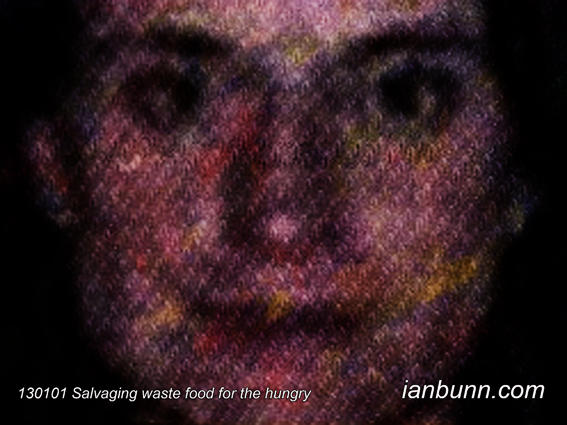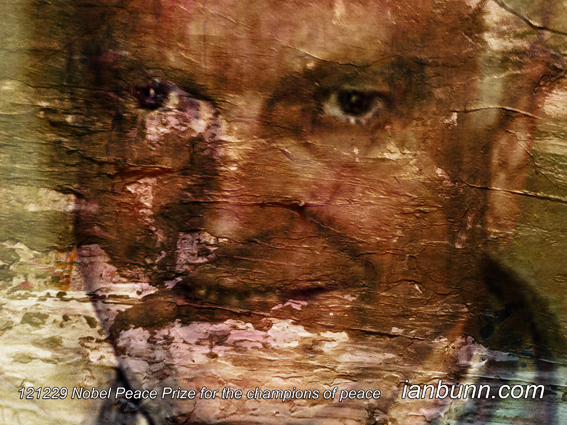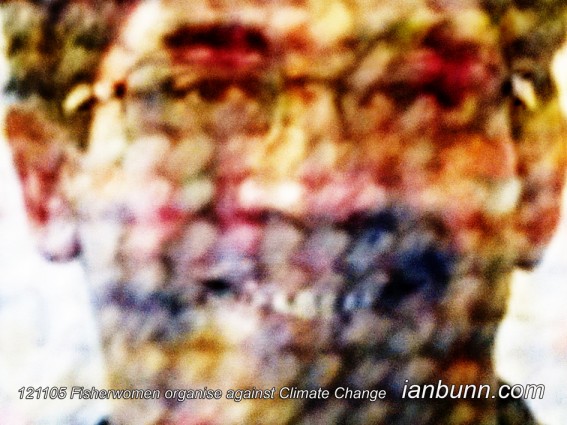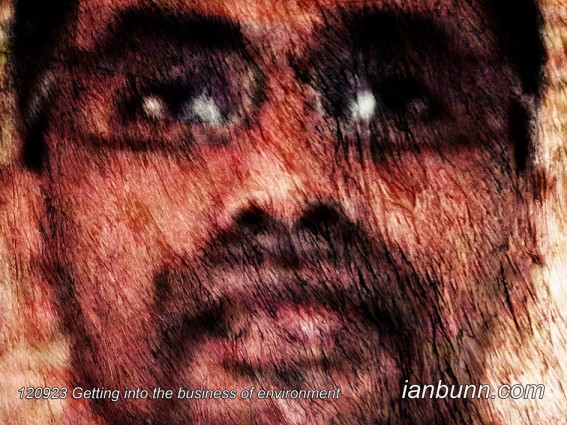![Marcela Valente the Argentinian Inter Press Service correspondent specialising in social and gender issues has published an article titled ‘Alternative Media Fights Back in Argentina’. Valente states “Sustained by editors and readers convinced that another kind of communication is possible, independent magazines are growing and strengthening in Argentina, offering a view different from the mainstream media coverage of political, cultural and advocacy issues. Overshadowed by more than 450 magazines belonging to 40 big publishing houses, some of them multimedia offerings, another 241 publications read in Argentina are devoted to literature, film, philosophy, humour, ideological and partisan discussions, history, music, visual arts, performing arts, design or gender issues. These are not endeavours taken up by editors in their free time, but a thriving industry with an estimated 1.4 million readers monthly, providing employment to small printers across the country. …These publications do not receive subsidies either from the government or businesses, and have little advertising. They live practically by the sale of each copy, something forgotten by commercial magazines, which have practically become advertising catalogues, satisfied with only being displayed or circulated among the public. Since 2011, the large majority of these alternative media have been united in the Association of Independent Cultural Magazines of Argentina (Arecia), demanding a bill that would help to strengthen a non-profit but sustainable sector. …[a] proposed rule democratises television and radio spaces, “but has omitted the graphics and Internet publications, as well as the independent and self-governed (media), without which the law could not have counted on the channels of discussion and dissemination,” independent media practitioners claim. …The text of the proposed law argues that strengthening these magazines is a way to “battle monopolisation, not just of products but of content”, and that it is also a way to “enshrine socially the idea that other types of communication are possible”.” Inspired by Marcela Valente, IPS News ow.ly/gT3di Image source NationofChange ow.ly/gT39U](http://www.ianbunn.com/wp-content/uploads/2013/01/130126dcU60.jpg) Alternative media fights back in Argentina (January 26 2013)Marcela Valente the Argentinian Inter Press Service correspondent specialising in social and gender issues has published an article titled ‘Alternative Media Fights Back in Argentina’. Valente states “Sustained by editors and readers convinced that another kind of communication is possible, independent magazines are growing and strengthening in Argentina, offering a view different from the mainstream media coverage of political, cultural and advocacy issues. Overshadowed by more than 450 magazines belonging to 40 big publishing houses, some of them multimedia offerings, another 241 publications read in Argentina are devoted to literature, film, philosophy, humour, ideological and partisan discussions, history, music, visual arts, performing arts, design or gender issues. These are not endeavours taken up by editors in their free time, but a thriving industry with an estimated 1.4 million readers monthly, providing employment to small printers across the country. …These publications do not receive subsidies either from the government or businesses, and have little advertising. They live practically by the sale of each copy, something forgotten by commercial magazines, which have practically become advertising catalogues, satisfied with only being displayed or circulated among the public. Since 2011, the large majority of these alternative media have been united in the Association of Independent Cultural Magazines of Argentina (Arecia), demanding a bill that would help to strengthen a non-profit but sustainable sector. …[a] proposed rule democratises television and radio spaces, “but has omitted the graphics and Internet publications, as well as the independent and self-governed (media), without which the law could not have counted on the channels of discussion and dissemination,” independent media practitioners claim. …The text of the proposed law argues that strengthening these magazines is a way to “battle monopolisation, not just of products but of content”, and that it is also a way to “enshrine socially the idea that other types of communication are possible”.”
Alternative media fights back in Argentina (January 26 2013)Marcela Valente the Argentinian Inter Press Service correspondent specialising in social and gender issues has published an article titled ‘Alternative Media Fights Back in Argentina’. Valente states “Sustained by editors and readers convinced that another kind of communication is possible, independent magazines are growing and strengthening in Argentina, offering a view different from the mainstream media coverage of political, cultural and advocacy issues. Overshadowed by more than 450 magazines belonging to 40 big publishing houses, some of them multimedia offerings, another 241 publications read in Argentina are devoted to literature, film, philosophy, humour, ideological and partisan discussions, history, music, visual arts, performing arts, design or gender issues. These are not endeavours taken up by editors in their free time, but a thriving industry with an estimated 1.4 million readers monthly, providing employment to small printers across the country. …These publications do not receive subsidies either from the government or businesses, and have little advertising. They live practically by the sale of each copy, something forgotten by commercial magazines, which have practically become advertising catalogues, satisfied with only being displayed or circulated among the public. Since 2011, the large majority of these alternative media have been united in the Association of Independent Cultural Magazines of Argentina (Arecia), demanding a bill that would help to strengthen a non-profit but sustainable sector. …[a] proposed rule democratises television and radio spaces, “but has omitted the graphics and Internet publications, as well as the independent and self-governed (media), without which the law could not have counted on the channels of discussion and dissemination,” independent media practitioners claim. …The text of the proposed law argues that strengthening these magazines is a way to “battle monopolisation, not just of products but of content”, and that it is also a way to “enshrine socially the idea that other types of communication are possible”.”
Inspired by Marcela Valente, IPS News ow.ly/gT3di Image source NationofChange ow.ly/gT39U
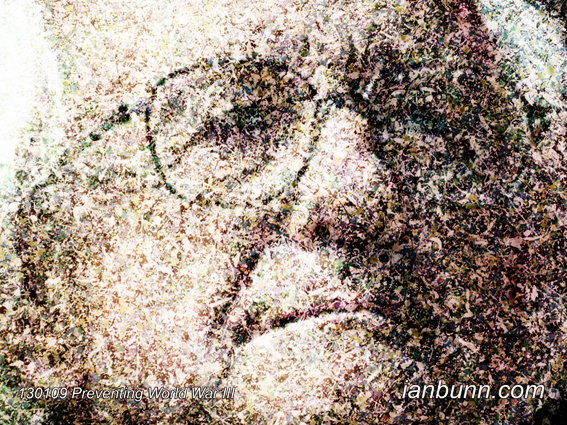
![Busani Bafana the Zimbabwean Journalist and founding member / coordinator of the Network on Environment & Agriculture Reporting, a media network in Zimbabwe that seeks to promote coverage of agriculture and science issues by journalists, has published an article on the Inter Press Service titled ‘Farmers Need to Grow Climate Smart’. Bafana states “Farmers cannot wait much longer for negotiators to reach an agreement on including a work programme on agriculture in the United Nations Framework Convention on Climate Change. And until one is approved, “it will continue to be difficult for farmers to produce the food needed, and at the same time reduce greenhouse gas emissions.” [states] Anette Friis from the Danish Food and Agriculture Council and spokesperson for Farming First, a global coalition calling on world leaders to increase agricultural output in a sustainable and socially responsible manner. “Countries failed to get an agreement on agriculture at this year’s (Conference of the Parties) COP18 in Doha, which means that discussions will not move to the next level and a work programme on agriculture is not foreseen for the near future.” “Progress has been excruciatingly slow,” [states] Bruce Campbell programme director [CCAFS] Climate Change Agriculture and Food Security . “One sentence in Durban in the final agreement. Then a few non-committal sentences at SBSTA in June. This mirrors the UNFCCC negotiations generally. What can one say, but that we are on target for a four-degree warmer world, which is likely to reduce growing seasons over much of sub-Saharan Africa by more than 20 percent.” According to CCAFS, agriculture and land use change, mostly from deforestation, contribute an estimated one-third of total greenhouse gas emissions. However, an improvement to crop yields since 1960 has already reduced agricultural emissions by 34 percent. Arguing that farmers around the world are experiencing the impacts of climate change daily, Farming First says the agriculture sector could play an important role in both climate change adaptation and mitigation. …Climate-smart agriculture includes conservation agriculture, crop rotation, agro-forestry, better weather forecasting and integrated crop-livestock management. It is aimed at environmentally-friendly increases in food production, which thereby reduce the emissions produced from agriculture.” Inspired by Inter Press Service ow.ly/gpPYR image source Linkedin ow.ly/gpPYa](http://www.ianbunn.com/wp-content/uploads/2013/01/130105dcU60.jpg)
